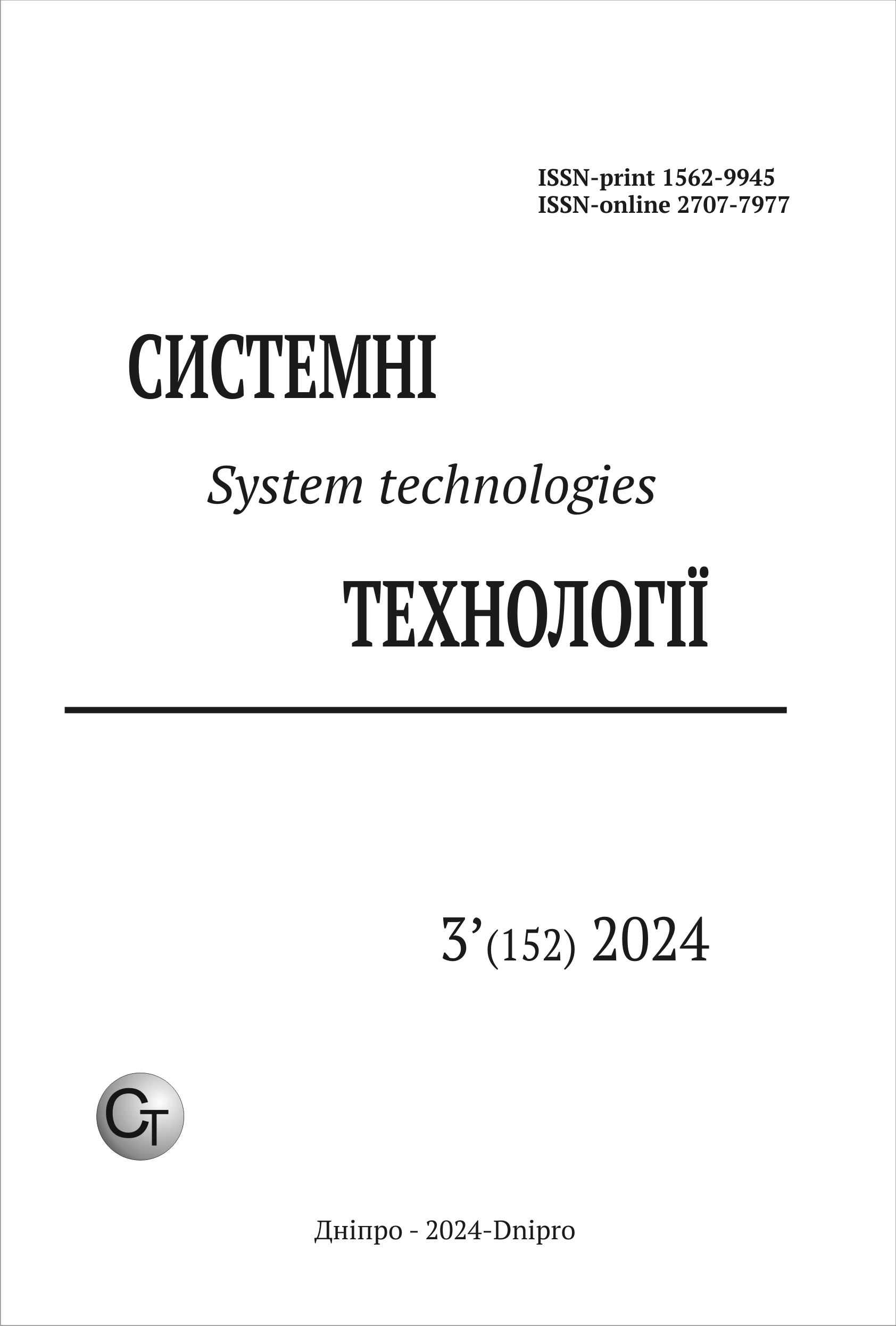РОЗРОБКА МЕТОДІВ ПРОГНОЗУВАННЯ ТЕХНОЛОГІЧНИХ ПОКАЗНИКІВ РОБОТИ ВІБРАЦІЙНОГО ГРОХОТА З ЕЛАСТИЧНИМИ СИТАМИ
DOI:
https://doi.org/10.34185/1562-9945-3-152-2024-16Ключові слова:
вібраційний грохот, еластичні сита, ефективність грохочення, прогнозування, множинна регресійна модель машинне навчання.Анотація
Грохочення є одною з основних операцій при переробки сипкого матеріалу. У процесі експлуатації конструкції просіваючих поверхонь повинні мати високі показ-ники ефективності процесу грохочення в залежності від умов класифікації і як можна довше зберігати постійними розміри просіваючих отворів (щілин), щоб мінімізувати можливості закрупнення або задрібненості класифікованого матеріалу розрахункової крупності. На кафедрі галузевого машинобудування УДУНТ розроблено нову конструкцію еласти-чної просіючої поверхні, яка має високі експлуатаційні показники роботи. На вібраційному грохоті з розробленим еластичним ситом, проведені експерименталь-ні дослідження та отримані залежності ефективності грохочення від параметрів ро-боти вібраційного грохота. Розроблено математичну та комп'ютерну моделі, які дозволять за допомогою отри-маних експериментальних даних прогнозувати ефективності грохочення залежно від параметрів роботи вібраційного грохоту. Проведено порівняння результатів, отриманих регресійним методом та машинним навчанням. Найменшу похибку дають моделі регресії гаусівського процесу. Зокрема, найкращий результат показує регресія з експоненціальною функція ядра. Порівнюючи результати, можна зробити висновок, що моделі отримані методом ма-шинного навчання, дають точніший результат (δmax=5,3%), а при застосуванні рів-няння множинної регресії похибка становить 16,2%.
Посилання
Improvement of equipment and processes of coal preparation and skew sorting of metallurgical production: monograph / Zaselskyi V.Y., Popolov D.V., Zaitsev G.L., Bilodidenko S.V., Kononov D.O., Pelikh I.V. Kryviy Rig: 2019.
Smirnov V.O., Biletskyi V.S. Preparatory processes of mineral enrichment. [study guide] - Donetsk: Eastern Publishing House, Donetsk branch of the National Academy of Sciences, 2012. - 286 p.
Justification of rational parameters and development of a dynamically active grate-card sieving surface of vibrating screens [Text]: diss. ... candidate technical Sciences: 05.05.08 / Ihor Volodymyrovych Pelikh; National metallurgist. Acad. of Ukraine. - Dnipro, 2017.
I.V. Pelikh, S.V. Bilodyedenko, D.O. Kononov, V.O. Petrenko. Rational design of the surface of the vibrating screen of metallurgical production / Metallurgical and mining industry. -2009 - No. 4 - p. 79-82.
Bulat A.F., Dyrda V.I., Puhalskyi V.N., Lysytsia M.I. Development and creation of vibration equipment using elastomers for extraction, processing and beneficiation of mineral raw materials/ Geotechnical mechanics. 2018. No. 138.
Завантаження
Опубліковано
Номер
Розділ
Ліцензія
Авторське право (c) 2024 Системні технології

Ця робота ліцензується відповідно до ліцензії Creative Commons Attribution 4.0 International License.















